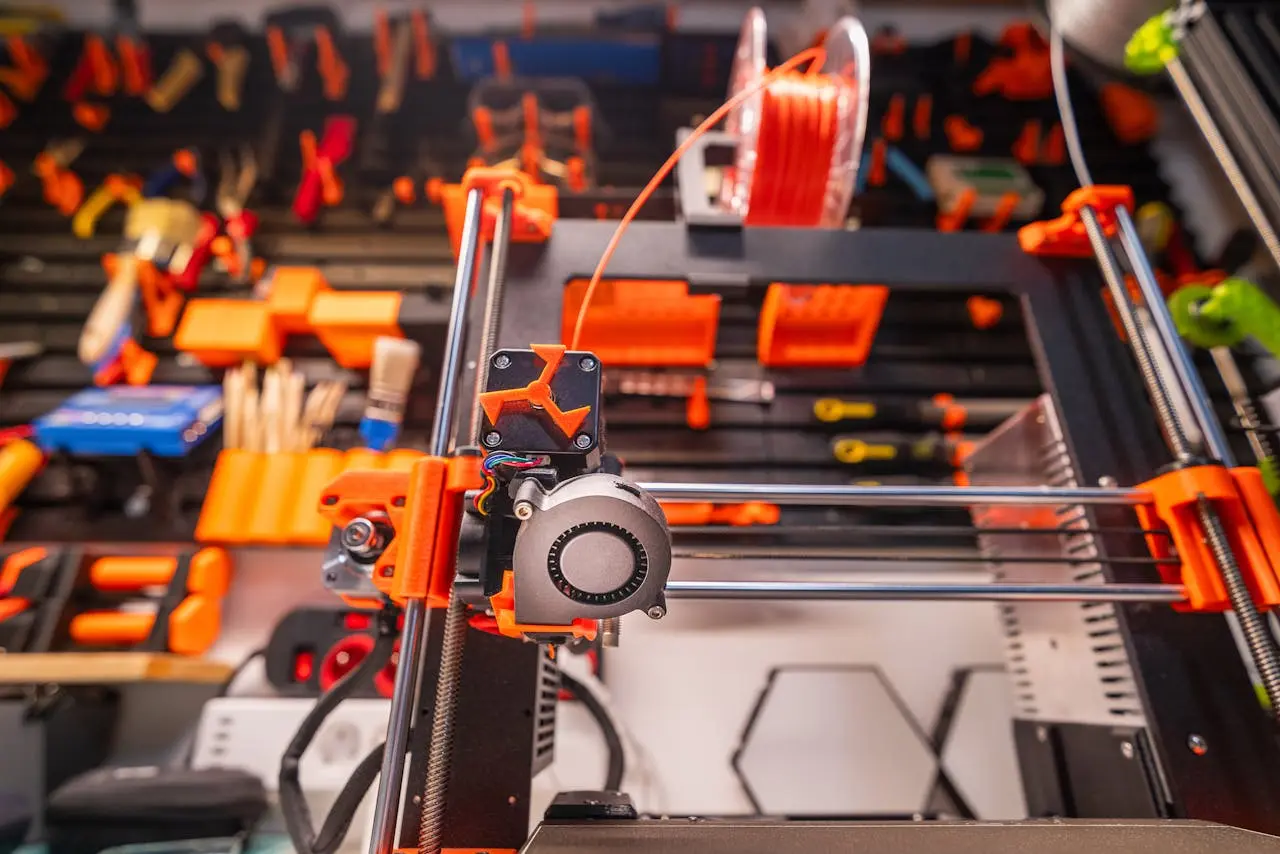Keep Filament Dry: Easy Moisture Control for 3D Printing

Filament doesn’t last forever — especially if you leave it sitting out in the open. PLA, PET‑G, TPU, and especially nylon will all absorb moisture from the air, leading to stringy, brittle, bubbly, or inconsistent prints.
But the fix is easy — and it starts with knowing how to store, dry, and protect your filament the right way.
Why Moisture Is a Problem
Most 3D printing filaments are hygroscopic, meaning they pull moisture right out of the air. That moisture turns to steam in your hotend, causing:
- Stringing and oozing
- Popping and bubbling sounds during extrusion
- Rough or pitted surface texture
- Weak layer bonding and brittle parts
Some materials (like TPU or nylon) can go bad in a single day of exposure, while others (like PLA) degrade slowly over time.
How to Tell if Your Filament Is Wet
Here are a few signs:
- You hear crackling or popping during extrusion
- Your prints look fuzzy, stringy, or rough
- Filament feels brittle or snaps when unspooled
- You suddenly get inconsistent extrusion or underextrusion
If any of these sound familiar, drying your filament is a smart first step.
How to Dry Filament
If your spool’s already picked up moisture, don’t worry — you can bring it back.
Options:
- Food dehydrator: A popular method. Set to 50–60°C (120–140°F) for 4–8 hours.
- Oven: Use only if your oven has accurate low-temperature control. Preheat, then dry with the door slightly cracked.
- Filament dryer: Purpose-built boxes keep your filament dry while printing — a great option for TPU, nylon, or humid climates.
Each material has different drying temps and times, so double-check your filament’s specs.
How to Store Filament Properly
Prevent moisture before it starts:
- Keep spools in sealed containers with desiccant packs
- Use vacuum storage bags or dry boxes with a humidity gauge
- Don’t leave filament on the printer for days at a time
- Store rarely used spools with labels facing out for quick access
Want a simple, low-budget setup? A $10 gasket bin with reusable silica gel works surprisingly well.
Which Filaments Are Most Sensitive?
- Nylon: Extremely hygroscopic
- TPU / Flexible filaments: Soaks up water fast
- PET‑G: Moderate sensitivity
- PLA: Slower to absorb moisture, but still benefits from dry storage
If you live in a humid climate or print infrequently, moisture management becomes even more important.
Not sure if moisture is ruining your prints?
I can help you test, dry, and store your filament for consistent results. Reach out for support or advice tailored to your setup.


.jpg)